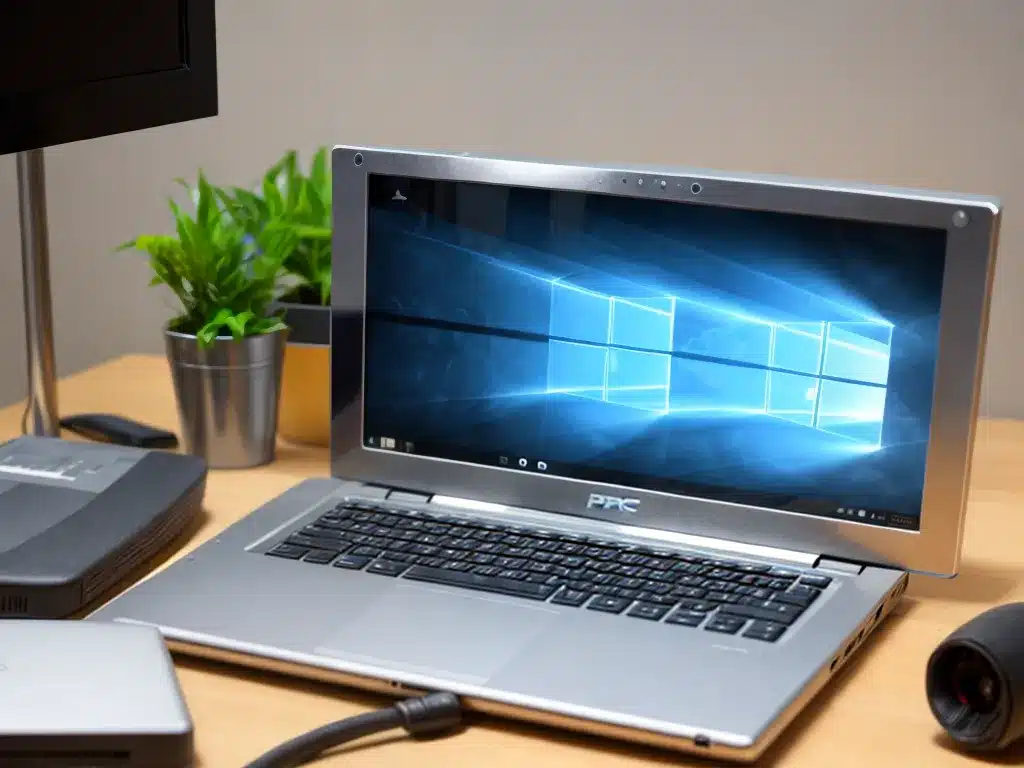
Starting up your Windows PC only to be met with an error message can be incredibly frustrating. However, with some troubleshooting, you can often resolve these startup issues yourself. Here’s a guide to troubleshooting the most common startup problems on Windows PCs and getting your computer running smoothly again.
Run Startup Repair
The first thing I try when my Windows PC won’t start properly is running the built-in Startup Repair tool.
To run Startup Repair:
-
Restart my computer and press the F8 key as it starts to boot. This opens the Advanced Boot Options menu.
-
Select “Repair Your Computer” from the menu.
-
After choosing my language settings and keyboard layout, click “Next”.
-
Select “Startup Repair” and let it scan my PC and attempt to fix any issues.
Startup Repair will scan my system files and configure system settings to try and get Windows booting properly again. This automated repair process works surprisingly well for many common startup problems.
Boot into Safe Mode
If the automatic Startup Repair doesn’t fix my startup issue, I can try booting into Safe Mode. Safe Mode loads only the essential drivers and services, avoiding any third party software that may be causing conflicts preventing Windows from booting correctly.
To boot into Safe Mode:
-
Restart my PC and press F8 during the initial boot process to access the Advanced Boot Options menu.
-
Choose “Safe Mode” and press Enter.
This will reload Windows with just core drivers and services active, bypassing any startup problems caused by third party applications.
Check for Malware Infections
Sometimes the cause of startup and boot problems is malware. Viruses, spyware, and other malicious software can sometimes damage or corrupt Windows system files, preventing it from booting properly.
If I suspect my startup issues are caused by malware, I run a full system scan with a good antivirus program like Malwarebytes. I boot into Safe Mode first before scanning to prevent any malware from interfering with the cleaning process.
This can uncover and remove any infections that were disrupting Windows from loading correctly at startup.
Diagnose with Advanced Boot Options
Windows also provides additional Advanced Boot Options that can provide further clues to startup problems. These can be accessed by pressing F8 during the initial boot process.
Some useful options include:
-
Disable Driver Signature Enforcement – This allows drivers to load even if they don’t have valid Windows signatures. Use this if a bad driver is preventing startup.
-
Disable Early Launch Anti-Malware Protection (ELAM) – This boots Windows without third party anti-malware drivers loaded that could be causing issues.
-
Disable automatic restart on system failure – This shows blue screen crash error messages instead of automatically rebooting, so you can diagnose the problem.
Experiment with these Advanced Boot Options to troubleshoot what’s preventing a normal startup.
Check Error Logs
The Windows Event Viewer provides detailed error logs that can indicate what is failing at boot time.
To view the logs:
- Boot into Safe Mode
- Open Event Viewer and go to Windows Logs > System
- Check for recent errors mentioning startup failure. Google any error codes for solutions.
This error log information can reveal what Windows system process is crashing or malfunctioning during startup. Research the error online to identify solutions.
Restore from System Restore Point
As a last resort, reverting your PC back to an earlier restore point can resolve software-related startup problems.
I only use System Restore as a last resort, as you will lose any documents or data created after the restore point. But it can fix startup issues by rolling back Windows settings, drivers, and software to an earlier working state.
Hopefully using the troubleshooting steps outlined above you’ll be able to resolve most common startup and boot problems on your Windows PC and get it back up and running again smoothly.












